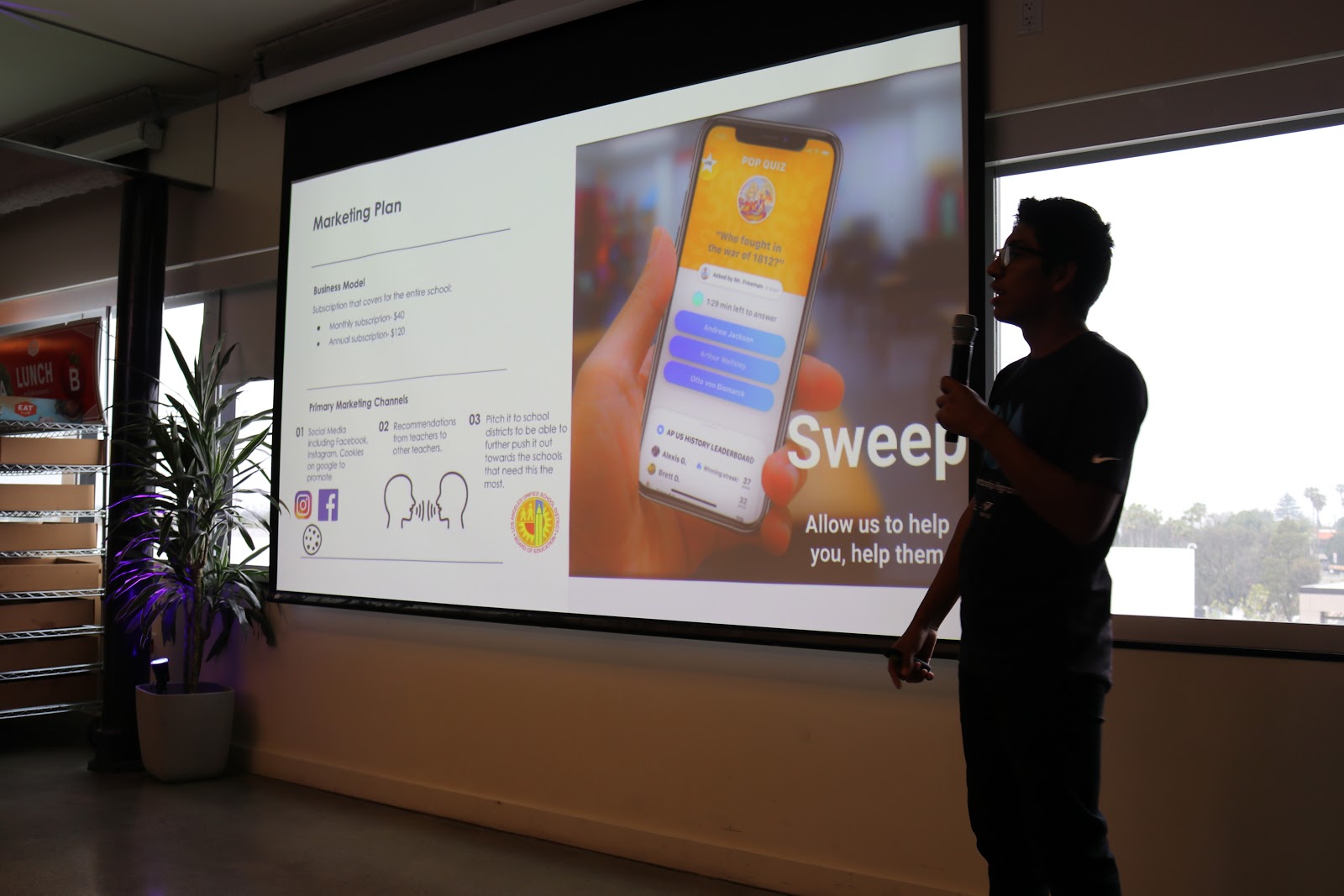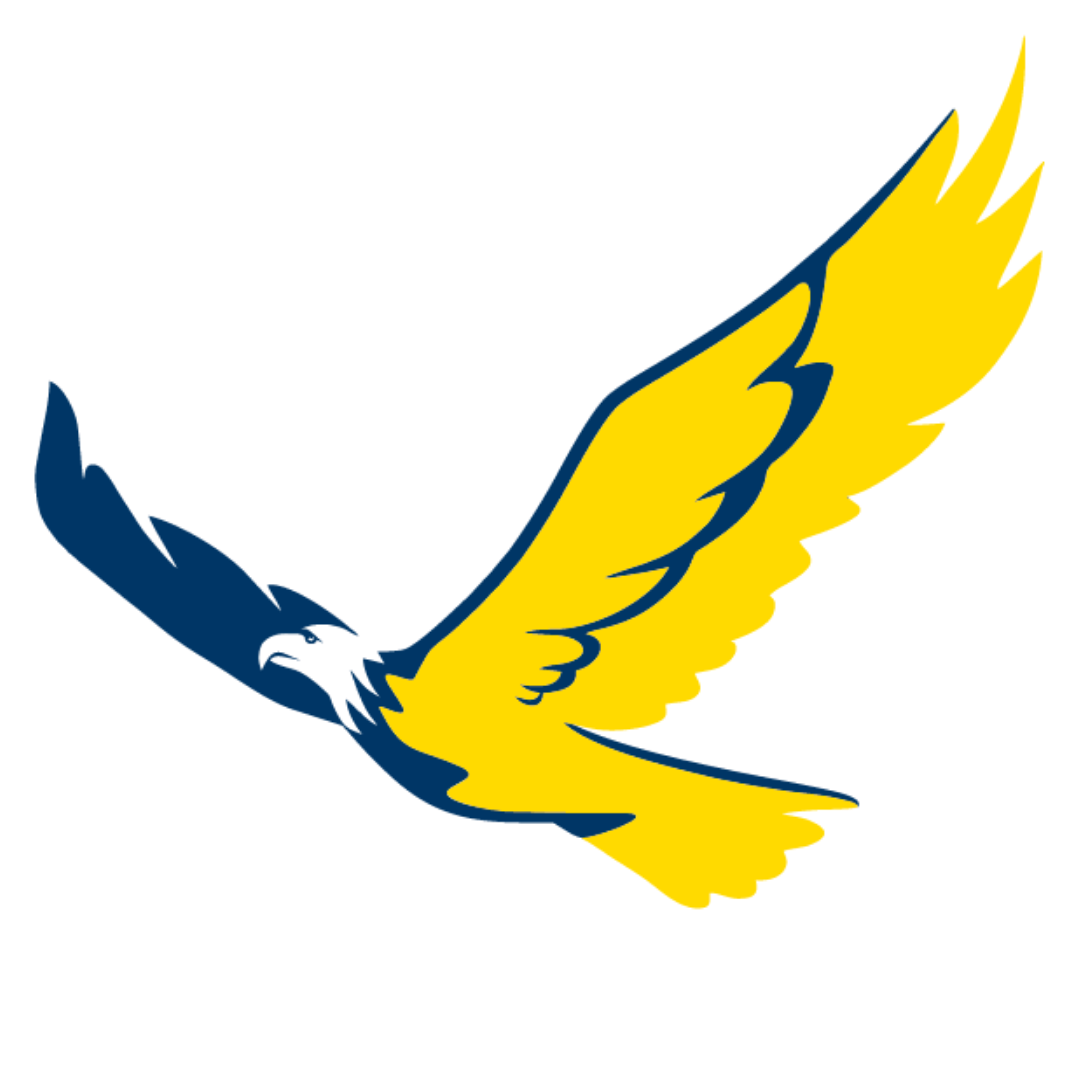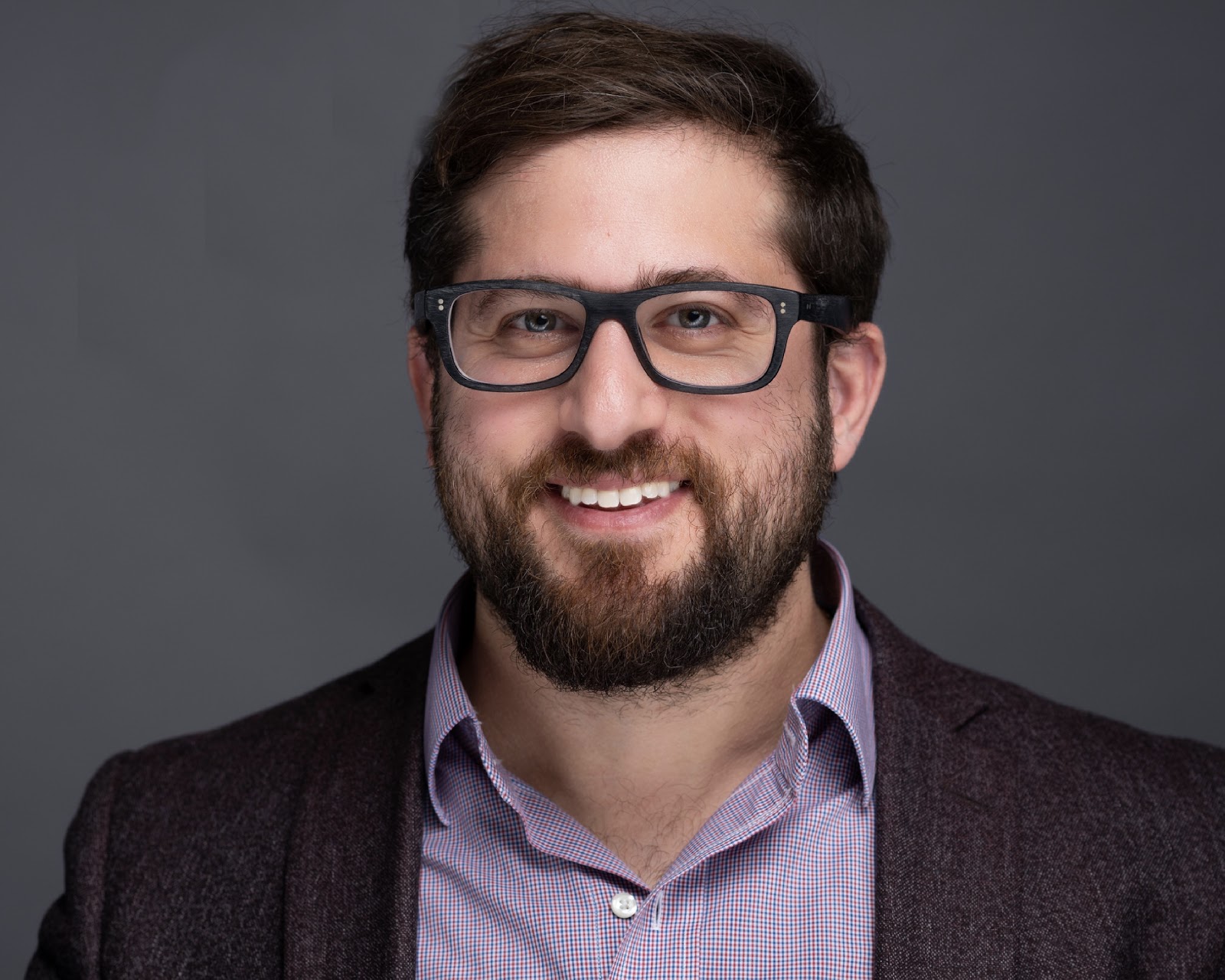Growing an Innovation Mindset
Growing an Innovation Mindset: 4 Ways to Begin
By Hrag Hamalian and Josh Schachter

Bright Star Schools student Jason B. admits (sheepishly) that he’s not always engaged in class. He knows he should be. He wants to be. So we gave him the opportunity to innovate.
With a team of supportive mentors from Boston Consulting Group Digital Ventures (BCGDV), Jason pitched an idea to bring technology into the classroom to better engage students. Through an app he calls “Sweep,” Jason envisions an interactive teaching tool for teachers to post questions and for students to give answers, ask questions, and earn points for engagement.
Eleven of Jason’s high school classmates from Bright Star Secondary Charter Academy in Los Angeles also developed apps with the support of BCGDV mentors over the past five months. Last week, they pitched final presentations of their ideas at BCGDV’s Manhattan Beach headquarters to the company’s leaders and staff.
WATCH: The BCGDV / Bright Star Schools Mentorship Program

Bright Star’s students are curious, creative, immensely talented, and deeply connected and committed to their communities. They’re also growing up in low-income areas of Los Angeles, and opportunities like the BCGDV mentorship are particularly life-impacting for them. (One student in the program said his dream is to work at BCGDV after college.)
The students’ apps addressed complex social issues like homelessness and the impact of gentrification on low-income residents. Many apps were personally inspired, like connecting homesick, first-generation college students with home cooked meals or reimagining drivers’ ed.
During the five-month program, students learned firsthand from BCGDV staff about the process of innovation: field research, product development, technical design, and pitching a room full of executives. Essentially, they learned “design thinking,” or what BCGDV’s Vice President of Product Management, Peter Kellogg-Smith, describes as “a human-centered approach aimed at deeply understanding people’s unmet needs and at exploring solutions to address these needs.”
Design thinking also holds lessons for education leaders. In education, a field where we’re hungry to find ways to better serve our students, here are four ways we can grow an innovation mindset:
- Listen to stakeholders. Students interviewed community members first to understand their specific challenges and opportunities. All of the students’ ideas and solutions arose from those conversations.
In education, how can we listen more deeply (with an intent to find new and creative solutions) to our students, teachers, and community members and the challenges they face? At Bright Star, we’ve implemented quarterly “coffee and chats” to hear and test staff ideas. Bright Star staff sit down with senior leaders to share candid feedback. We separate principals and teachers, and keep all feedback anonymous to encourage candor. Based on what we’ve heard, we’ve implemented small changes (like site-based operational needs) and are addressing bigger topics like teacher evaluation.
- Identify sticking points. After community research, students pinpointed three main sticking points or problems for their stakeholder group, what BCGDV calls “frictions.” The apps they came up with directly addressed those frictions.
In education, could we better or more clearly identify our frictions? Take student engagement. We may not have Jason’s app ready for the classroom, but students have a lot of ideas about how to get them better engaged -- like brighter lights or more interactive learning opportunities -- and many might be inexpensive or easy to implement.
- Find new ways forward. By understanding frictions, students got creative with how to solve the challenges they heard from stakeholders. They came up with new ideas that were rooted directly in a community stakeholders’ needs.
To encourage innovation from our educators, Bright Star Schools launched a Teacher Innovation Lab, a select group of educators from across our schools who come together regularly to discuss frictions and solutions with our leadership. As an example, because of the Teacher Innovation Lab, we heard a better way to structure our professional development sessions to meet teachers’ needs, and we adjusted accordingly.
- Develop a culture of “yes” and take small, calculated risks. Through questions and feedback from BCGDV staff, the students were pushed to think more broadly or deeply about their ideas. Saying “yes” encourages new ideas and pushes them further.
In education, we could easily (and cheaply) develop a culture of yes. By not stifling colleagues’ ideas, and instead engaging in rich back-and-forth discussions, we could explore possibilities more deeply. Bright Star Schools took a “little bet,” a small, calculated risk, to create “Beyond Defense,” a comprehensive, social-emotional and self-defense curriculum to empower young women. The costs are manageable, and the benefits to our students could be life-changing.
The Bright Star-BCGDV partnership was intended to benefit students, but it ended up being just as meaningful for the BCGDV and Bright Star staff.
After working with Bright Star’s students, BCGDV staff reported hearing and seeing fresh perspectives from them that changed how they thought about their own work (and when you’re in the business of launching and growing game-changing ideas like BCGDV is, those new perspectives matter).
At Bright Star, we’re looking for ways to continue to elevate students’, teachers’, and staff ideas to continuously improve because game-changing ideas perhaps matter here most.
Imagine if we grew an “innovation mindset” across our nation’s schools. We just might find a new way to serve our students or support our teachers. Best of all, it’s easy and free to begin. Talk to your students and teachers. They’re probably waiting for someone to ask.
Stay in touch with Bright Star Schools! Sign up for updates here.
|
|
Hrag Hamalian is the Chief Executive Officer for Bright Star Schools, a high-performing public charter school network in Los Angeles. |
|
|
Josh Schachter is a Product Director and General Manager for Boston Consulting Group Digital Ventures. |




